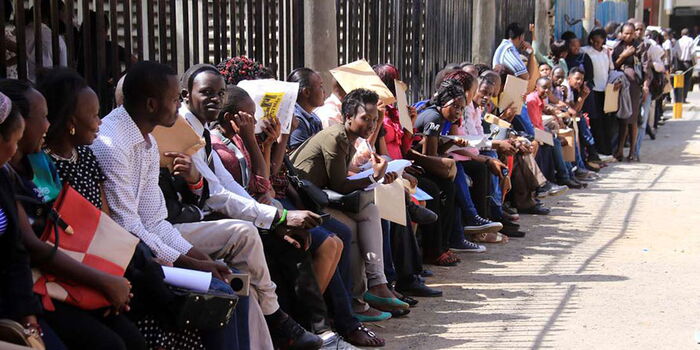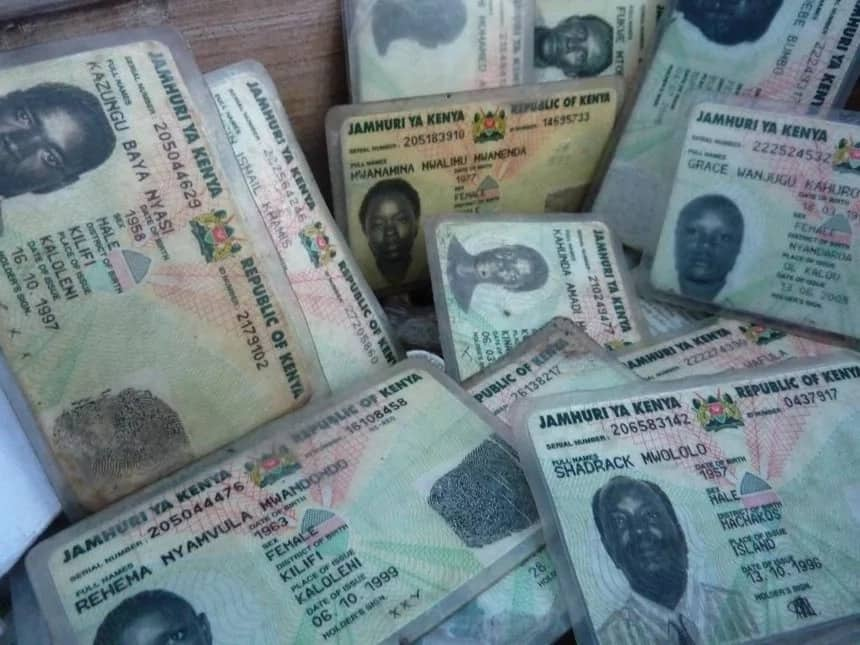
The Kenya National Bureau of Statistics (KNBS) in a new survey notes that collection of ID cards nationally fell by almost half and millions of documents remained uncollected, confirming that there is no urgency to have the documents after registering. This is compared to the rapid applications seen during the election period.
Garissa and Marsabit recorded the biggest rise in new identity card applications last year, a reflection of population growth hotspots that would shape future elections.
Meru comes a close third on the list that is dominated by sharp registration declines across most counties, especially in the strongholds of leading contenders in the 2017 presidential polls.
In Siaya – the home county of opposition leader Raila Odinga, for instance, fresh applications fell by almost half, while the numbers dipped by one-third in President Uhuru Kenyatta’s Kiambu backyard.
The (KNBS) attributes the decline in registration and ID card collection to the rallying in 2017 by politicians in their support bases, and the absence of any significant activity requiring the document last year.

“The number of applications made in 2017 stood at 1,234,149, attributed to the voter registration drive during the electioneering period,” KNBS says in the 2019 Economic Survey.
While the actual numbers in Garissa (9,753) and Marsabit (9,739) are not significant across the entire cohort, they are telling of the regions to watch out for should the growth rates be sustained.
It is reasonable to project that the momentum would be sustained in the same regions, considering their recorded growth over the last two decades.

Among the reasons for the growth is that the regions are largely rural where family sizes are bigger owing to higher fertility rates, which is partly linked to religious practices. Adoption of family planning methods, especially among urban populations, has been cited for the significantly smaller families in towns, besides the comparatively higher cost of living.
Already, the results of the previous census showing the population of northern Kenya to be growing more than three-fold the national average kicked off a major storm and prompted a review, much to the protest of its political leaders.